Before we start ‘learning’ about ‘flash photography’, let me say that my blog now supports $\LaTeX$, which is even better than that at wordpress! Here’s an example: “I‘ve bought the Panasonic $μ\frac{4}{3}$ Lens mentioned in my earlier post.” You may ask how is this better than WP? Well, apart from the obvious background issue, I just typed ‘μ\frac{4}{3}’ between two dollar signs here whereas at WP, I’d have to type ‘latex \mu\frac{4}{3}’ between the dollars!
Now, lets get back to flash photography. So when should you use it? …How the hell would I know that? It’s your flash and they’re your photos… you choose when to use it! But I’m in a good mood today so here are some general guidelines, if you like theoretical knowledge as much as I do.
So how does flash alter photographs? Obviously, it increases the light input to the sensor (in right conditions) and accentuates certain ‘reflective’ elements of the scene. (For those technologically-challenged souls who don’t know about ‘Alt Texts’: Hover the cursor on the photos to uncover hidden truths!)

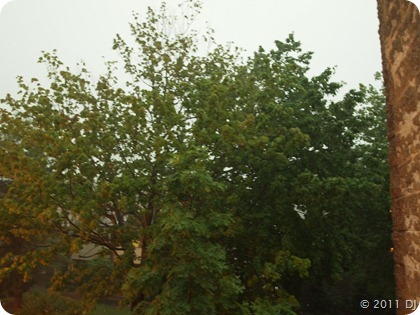

OR, it can also hide ‘background’ elements of the scenery!

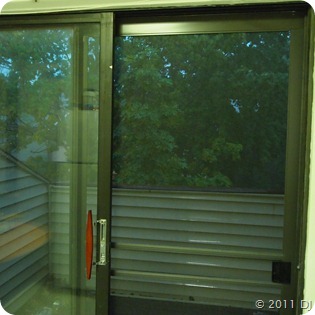
More example shots taken with the new lens follow after a small Panasonic sponsored rant: This lens is virtually distortion free and the focusing is almost silent & too damn fast – It feels like the lens focuses even before the shutter button gets to the half-way point! During my first few shots, I kept ending up pressing the shutter button fully thinking that the lens was mal-functioning but was actually taking properly focused shots. ![]() However, switching from the Olympus kit lens to the new Panasonic lens is literally a burden as (it feels like) it alone weighs (380g) almost as much as the combined weight (473g) of the camera body (340g) + the kit lens (133g)!
However, switching from the Olympus kit lens to the new Panasonic lens is literally a burden as (it feels like) it alone weighs (380g) almost as much as the combined weight (473g) of the camera body (340g) + the kit lens (133g)!
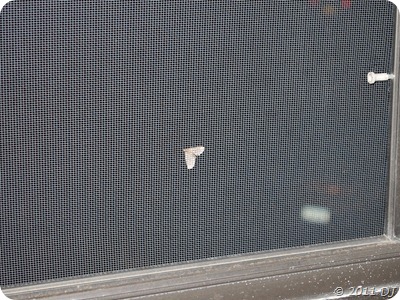
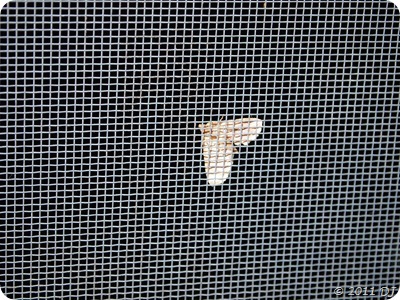
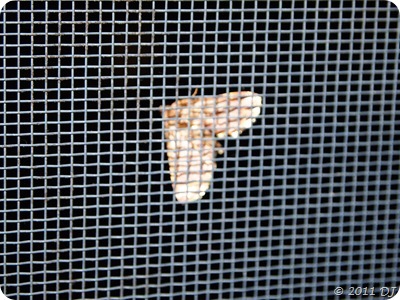
As you can see, the images have negligible (if any) distortion. At this point, in-Camera IS not able to keep up so zoomed out a bit and turned off the flash to see the background:
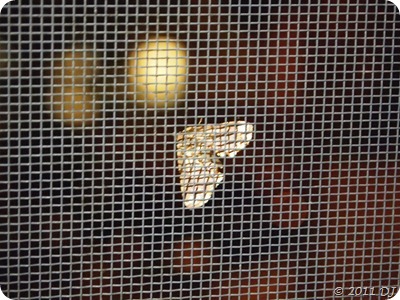
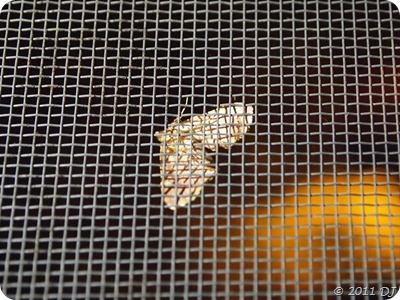
This photo is again a proof of the lens being virtually distortion free as straight lines appear straight without any ‘post-straightening’. Finally, I end this post with what it means to zoom from 45mm to 200mm:



No comments:
Post a Comment